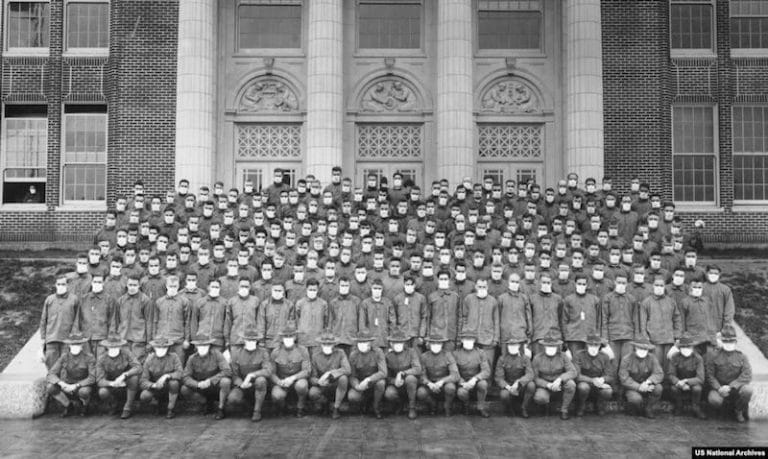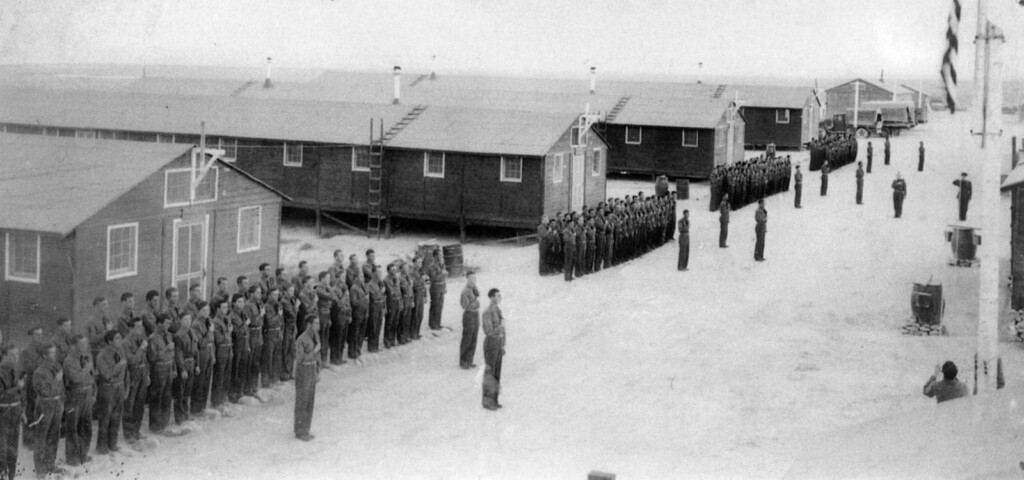
As a contagious respiratory illness spread in Utah, authorities closed public places and issued mask mandates, setting off a dispute over whether those measures were necessary to combat the virus.
“The general closing order is mere hysteria,” Dr. Samuel G. Paul, Salt Lake City health commissioner, said. “There is no occasion whatever for closing down any business, and certainly no good reason whatever for closing the public schools.”
Paul also advised Utahns to get outside in the sunshine as much as possible, saying fresh air is the prime preventive measure against the “deadly foe.”
But Dr. T.B. Beatty, the Utah state health commissioner, recommended that people wear a mask over their nose and mouth. In addition, an order shutting down churches, schools, theaters and other public venues was needed, he said.
“The order does not allow the interpretation that public gatherings should be prohibited after a number of cases have been reported, but upon the appearance of the disease,” Beatty said.
The two doctors took these stands in the fall of 1918 as the world was fighting the Spanish flu pandemic. A century later, the same issues are being debated as people around the globe grapple with COVID-19.
The J. Willard Marriott Library at the University of Utah has launched a new digital exhibit exploring the 1918 pandemic through contemporary newspaper articles about COVID-19. The exhibit includes a Spanish flu timeline; newspaper coverage of the use of masks for disease prevention; comparisons of headlines from 1918 and 2020; a look at how the pandemic affected the lives of Utahns; and an analysis of how politics shaped public health policy.
In addition, the library has created 1918 Flu Pandemic Newspapers, a digital collection of more than 1,000 articles. A Library Resources section shows readers how to browse the stories and conduct their own searches.
The exhibit was developed by Logan Mitchell, a research assistant professor in the U.’s Department of Atmospheric Sciences. He was looking through the Utah Digital Newspapers archive in the spring to research the state’s historical air quality when he came across stories about the Spanish flu and became curious about that earlier pandemic.
“I started searching for Spanish influenza terms and found this wealth of information and thought it was really fascinating,” said Mitchell, who collaborated with the library’s staff to put together the interactive exhibit.
The newspaper articles show similarities in how Utah dealt with the pandemics.
Among the headlines in the Salt Lake Telegram in 1918 were “Theatres, Churches, Schools of Utah Close on Account of ‘Flu’ ” and “Compulsory Mask Wearing Looms in Fight Against Influenza.”
In 2020, a Salt Lake Tribune headline said, “Utah’s colleges and universities move classes online — and a K-12 district will close — as a precaution against coronavirus” and “As COVID-19 cases surge, Utah’s governor indicates he’ll grant request to mandate face masks” topped a Fox13 story.
Digital Exhibits Assistant Kallin Glauser, a senior majoring in history and economics, said she also sees similarities in the public’s split in opinion over the seriousness of the virus and whether masks should be mandated.
“I discovered that our medical professionals as well had very differing opinions, which I think we can see with COVID-19, where there are some professionals who are saying how severe the pandemic is and where there are others who are downplaying it,” Glauser said.
There also are differences in the responses to the pandemics. Rachel Wittmann, digital curation librarian, said rules against social gatherings seemed to be enforced more stringently a century ago and that there was a record of law enforcement arresting people en masse for violations.
Phillip M. Singer, an assistant political science professor, noted that both pandemics occurred in an election year and said partisanship and polarization had an influence on the 1918 response to the outbreak. Experiences this year have been similar but “2020 is more partisan, it’s more polarized,” making it harder to do anything, such as getting another stimulus package passed by Congress, he said.
“We really just see a heightened level of these political factors in 2020 in our response to COVID-19,” said Singer, who contributed the section on politicizing public health.
In the spring, Marriott Library created another resource that examines the state’s most recent experience dealing with a pandemic, the Utah COVID-19 Digital Collection. The collection includes stories and photos to show how the spread of the coronavirus and a 5.7-magnitude earthquake that hit Utah last March 18 affected residents.
To learn more about the 1918 Spanish Flu Pandemic follows these links.





